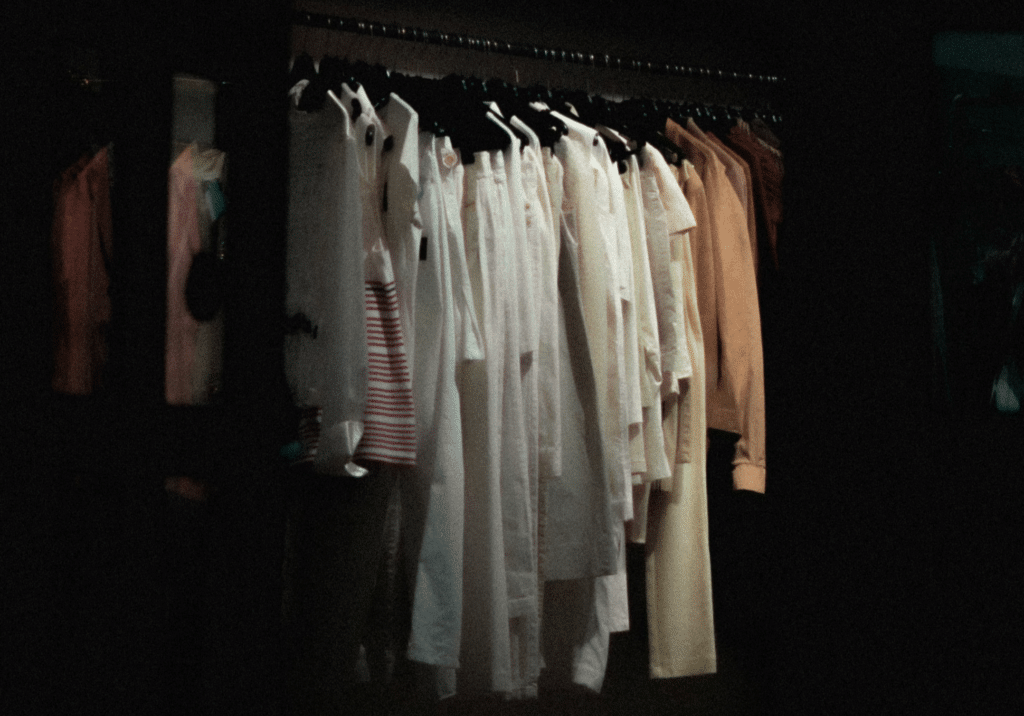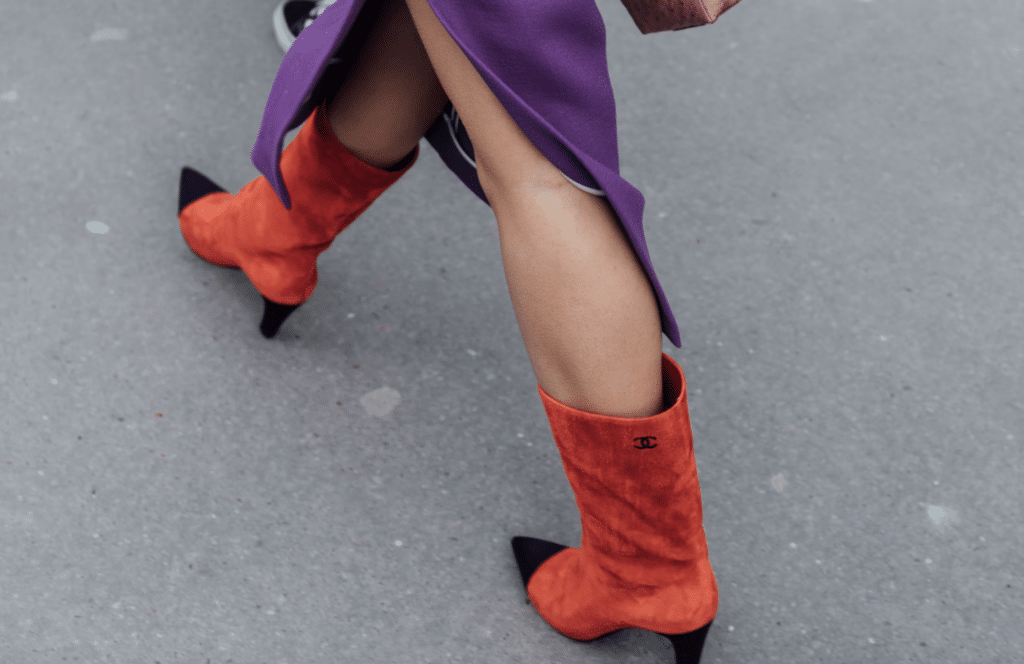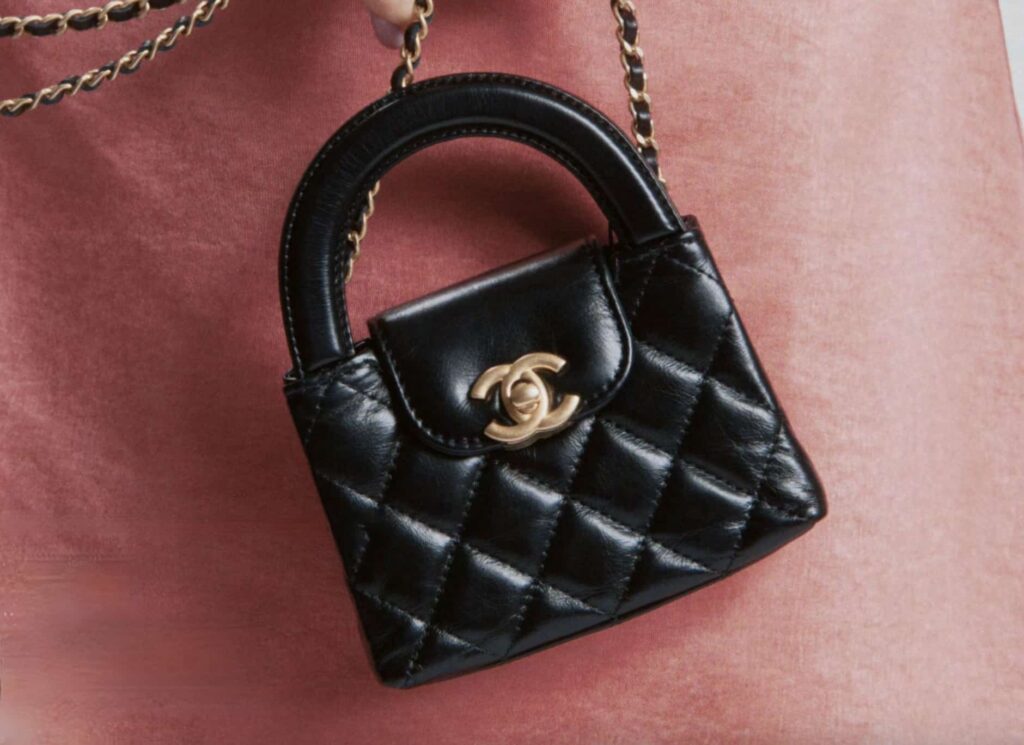When you shop for a new top, how much thought do you give to the fate of the one it will replace? Do you dump a jacket because it starts to look ragged, or falls out of fashion? The clothing industry is wrestling with these same questions with increased frequency. Some retailers are trying to take it out of your hands, embracing the circular economy by increasing their use of recycled and sustainable materials. Swedish firm H&M is the latest to join in, following brands such as Levi Strauss and Patagonia. Laudable though this is, a growing body of evidence suggests that other approaches could do just as much – if not more – to reduce the amount of clothing sent to landfill and help to improve resource security.
Each year, millions of garments end up in landfills in the UK alone. This is ten times the volume reportedly collected for recycling by H&M since 2013. Collecting it doesn’t guarantee reducing landfill. Re-use or recycling options all have their limitations, such as separating mixed fibers for recycling and securing ethical secondhand markets for used clothing.
One way to avoid the problem is by increasing the active lifetime of clothing. This can reduce the amount of materials consumed and delay the point at which clothing is recycled or disposed of. WRAP – the UK Waste and Resources Action Program – concluded that the clothing industry could reduce carbon, water and waste impacts by as much as 10% if garments were worn for just three months longer than their current average of around three years.
Life choices
Short clothing lifetimes are associated with changes in fashion. However, research by Ipsos MORI has shown that more than half of us own unworn clothing that no longer fits, 10% hang on to worn out favorites, and 36% own items that they consider have gone out of fashion.
Admittedly, the fashion issue rises to 58% among 16- to 24-year-olds. These are a target sector for retailers such as H&M. Many admit they could buy more items that are “made to last”, some as “investment pieces” like a cashmere jumper or a classic coat.
Retailers claim they have little influence over the behavior of their consumers. But they could design and promote clothing that is more forgiving to slight changes in size, or easier to alter or adjust, and that consumers would want to use for longer. Research shows that fit and comfort also influence the level of emotional attachment consumers feel towards items of clothing, provoking change in consumption patterns and perceptions of value.
Retailers can also encourage their design teams and suppliers to avoid early garment failure, such as color loss, shrinking and pilling (those unsightly bobbles). They could do more to choose and test materials and clothing to ensure that it is fit for everyday wear, tear and care. Equally, the decision to use non-recyclable materials, such as cotton/polyester is made during the design process and could be discouraged.
Design Flaws
In a recent project funded by the Department for Environment, Food & Rural Affairs, researchers from Nottingham Trent University studied the obstacles that prevent clothing businesses from making items that last longer. The starting point: it is technically possible, but the business case for doing so needs further development.
Design is crucial, of course. Knowledgeable designers should be well-placed to increase product longevity, use sustainable materials and make clothes easier to recycle. We found, however, that there was a simple lack of technical knowledge in many product development teams and in their increasingly fragmented global supply chains. There was also a lack of agency among many designers and suppliers, as well as a lack of strong governance on sustainability issues.
Improved communication from retailers to consumers could reduce confusion and help them to act more sustainably. There are some good examples – such as Darn Tough socks and Flint & Tinder’s 10 Year Hoodie – of companies designing more durable products to support their brand strategies. In highly competitive markets, an array of product lifetime guarantees are used to create a competitive advantage.
A Business Case
At the heart of this, of course, is money. Sustainable design and technical decisions take a backseat when compared to commercial decisions based on cost and speed. In our research, backed up by scanning the high street, some retailers admitted reducing the quality of their products over time to match demand for lower retail prices.
Without doubt, a wide-scale adoption of longer lasting clothes would require new thinking on business models. There would need to be a move away from volume to quality, durability and services, such as repair. This could help to extend clothing lifetimes and reinvigorate consumers’ emotional attachment to old favorites.
While the concept of selling fewer products might seem a recipe for disaster, the idea is that providing added sales value through deeper customer satisfaction and loyalty can compensate for lost unit sales. Add to this income from services, such as mending or leasing, and reduced waste from over-production and markdowns, and a smaller industry could perhaps be just as profitable, but more sustainable. The threat of material scarcity, for example oil (from which polyester is derived) may achieve peak global production as soon as 2020 and lead to rising prices, offers an additional financial incentive.
The challenge is proving this on a large scale when most examples to date are small, niche brand concepts. A re-evaluation of clothing design and the supply chain could help to reduce the amount of clothes sent to landfill, improve recycling potential and lessen the environmental impact. This would involve a proactive, visionary and far-sighted design approach to sustainable design and consumption. While technically possible, this is commercially some way off – a particular concern when the pace of change in consumer markets and growth in global consumerism appears to outstrip that within the industry.
Clothing brands should adopt a more rounded approach to reducing clothing waste as an alternative to perpetuating fast fashion. This means investing in their design processes, improving technical knowledge within their supply chains and genuinely exploring alternative business models.
Lynn Oxborrow is the Project academic lead at Nottingham Trent University.











